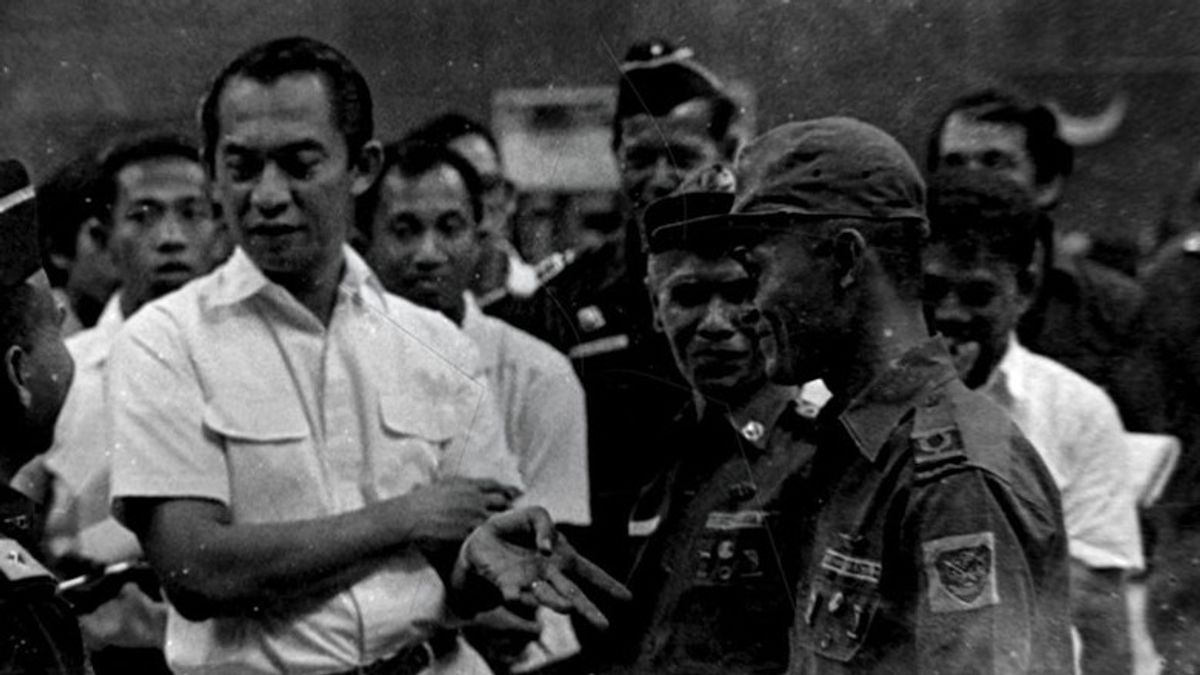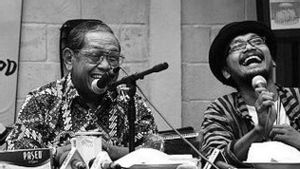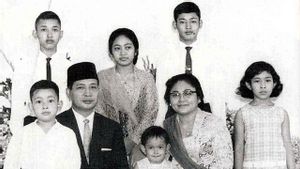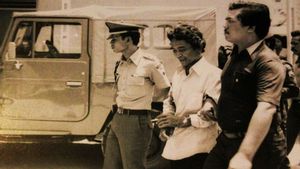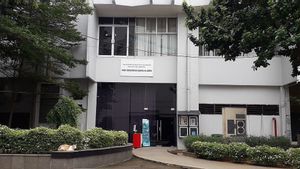JAKARTA – Today's history, 55 years ago, June 2, 1968, Budaja Djaja Magazine was published for the first time. There is the support of the Governor of DKI Jakarta, Ali Sadikin behind it. The magazine, which focuses on cultural and literary affairs, immediately kicked off with criticism of the New Order (Orba).
Previously, Ali Sadikin was a Jakarta leader who cared about Jakarta's development. Instead of only caring about development, Ali also cares about educating his people. All positive activities are often funded.
Ali Sadikin's gait in building Jakarta is second to none. He was able to open the tap for Jakarta's income to become abundant. That fact made Ali Sadikin start an agenda to beautify Jakarta. However, not only the city is beautified, but also the people are empowered.
He often supports all kinds of positive agendas belonging to the people of Jakarta. Moreover, the agenda is perpetuated by humanists or writers. He considers the presence of these two types of fields to make Jakarta come alive. Primarily, matters of cultural progress.
In order to realize support for advancing cultural affairs, Ali did not bother. He opened Jakarta's revenue tap to fund positive activities. From preparing buildings to activities. The existence of culture and literature is elevated because of it.

Jakarta was able to transform into a cultured city. Moreover, then it was able to spawn the emergence of new humanists and writers from Rahim Kota Jakarta.
“There are no funds to finance construction, there is no problem. He did not hesitate to allow ethnic Chinese to play gambling openly, and from the lottery and siah-hwee took funds to finance the construction of elementary schools, health centers, and other things. In his early tenure, Bang Ali reminded people of mayors in America during the time of President Franklin Roosevelt, such as Fiorello H. La Guardia, Mayor of New York, 1934-1945, who was nicknamed the People's Mayor or Mayor of the People.
"Like that figure, Bang Ali managed Jakarta successfully. Because he is a good listener, listening carefully to what people say. He applies management by teamwork. Must work together by not forgetting who is the commander. In the end, Bang Ali is responsible," said Rosihan Anwar in the book Small History "Petite Histoire" Indonesia Volume 3 (2008).
Ali also fully supports the new ideas of humanists and writers who exist in Jakarta. The idea of creating a special magazine for culture and literature, for example. Ali immediately supported the idea of Ajib Rosidi and his friends to create the Budaja Djaja Magazine.
Ali Sadikin's blessing was also obtained. Finally, Budaja Djaja Magazine was published for the first time on June 2, 1968. The contents of the magazine were able to give different colors. One color that no other magazine has: freedom.
SEE ALSO:
This freedom can be seen in the inaugural edition of Budaja Djaja which contains writings critical of the New Order. Sentilan that in fact favored many parties. As a result, the Budaja Djaja magazine has emerged as the most important cultural magazine. Every time she arrives, Budaja Djaja Magazine is greeted with great joy.
"Judging from the efforts to develop cultural and literary ideas, the editors of Budaja Djaja Hen Surianegara, Ajip Rosidi, and Ramadhan K.H. with his experience and sincerity, succeeded in bringing Budaja Djaja as one of the important cultural magazines. Many names with a number of quality works are published in this magazine.”
“Again, the existence of a media that opens space for various freedoms of expression can create a conducive climate for the development of art and culture in general. Until its last publication in 1979, Budaya Diaya still placed its role as a cultural magazine that had a major influence on the development of art and culture, and specifically Indonesian literature," explained Marwati Djoened Poesponegoro in the book Indonesian National History Volume VI (2008).
The English, Chinese, Japanese, Arabic, and French versions are automatically generated by the AI. So there may still be inaccuracies in translating, please always see Indonesian as our main language. (system supported by DigitalSiber.id)
